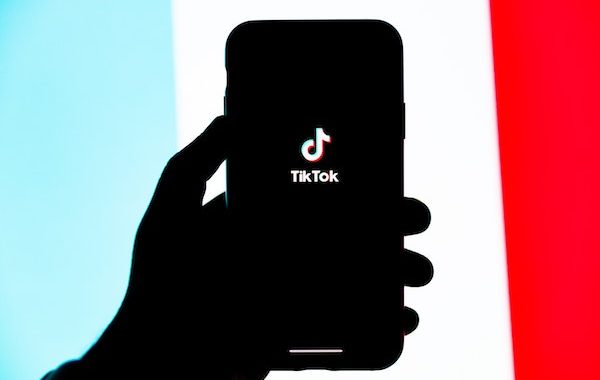Like most creators, one of my biggest fears is running out of decent ideas.
And that’s why over the last couple of weeks, I’ve had a number of brainstorming sessions. Obviously this isn’t a new or unique concept, but a couple of people have really helped to me to develop my own process. I’m currently reading Storyworthy by Matthew Dicks, and also taking the Master YouTube course put out by Slow Growth (the brainchild or Matt D’Avela).
Now, when we’re brainstorming, we’re trying to free our mind to come up with as many different ideas that may be the start of a new project. The key here though is that we’re going for quantity, so don’t get caught up in the detail just yet. We can refine and develop these ideas in due course. So just let your stream of consciousness flow, and make a note of everything that comes out.
So, without further ado, here are my 6 steps to effective brainstorming:
Environment
When things are flowing, you really don’t want to be disturbed.
So I usually take myself off for 10-15 minutes and make sure everyone knows not to distract me for the period. It’s not long, but trust me you will see amazing results. The last two times I have done this, I have come up with nearly 20 articles to write and 30 videos to make.
I also put on some headphones with some nice chilled music. Personally I favour something like Lo Fi beats on Spotify, but just go for something that suits your style. A word of warning though, try find something without lyrics, as they may distract you from the task at hand.
I then set a timer for 10 minutes, and get as much out as possible. I often find that my timer goes off, and I’m still flowing so go for it as long as you want. But, I recommend keeping it relatively short and snappy.
Equipment
I tend to use a new note in Notability, but you could use whatever note taking tool you prefer or even good old paper and pen. That said, I think hand writing (whether on a screen or paper) is far better than typing, but completely your call.
Rules
There are three very simple rules for a brainstorming session:
- Let any thought overtake; don’t restrict or limit yourself
- Never judge yourself; you can critique/review your work later
- Don’t stop; let everything out and pick it apart afterwards
Perspective
For each piece of work, I try to think of myself in one of two perspectives:
- An Expert – guiding someone through my experiences
- An Experimenter – figuring something out and sharing the findings
If I can think of a project that fits into one of these, then generally we’re on the right lines.
Prompts
I use two very different prompts if things start to dry up:
Answer the public is great for showing you any questions asked in google related to a certain keyword. You only get to use it a couple of times a day, but it is great for building ideas around a specific topic. For instance, if I type in productivity, I get a list of questions that people have googled in relation to productivity. Handy, hey?!
Now if I’m doing some more general brainstorming, then Matthew Dicks’ suggests using colours as prompt. By listing colours in your mind, you will kick start a memory or prompt and the words will start to flow again.
Review
Once you’ve got a bunch of ideas, it’s now time to start picking them apart.
How do they fit with your content style, and are they interesting and/or informative? If so, then put them into whatever tool you use for project manage your creations (in my case Notion). If they don’t fit, then your call if you want to keep them or not. Personally, I would recommend keeping them just in case; you never know how things may change in the future. I’ve set up a separate database of ‘unsure’ projects. that I can refer back to in due course.
Again, I must give a massive shoutout to Matthew Dicks and Slow Growth for helping me develop this process.




